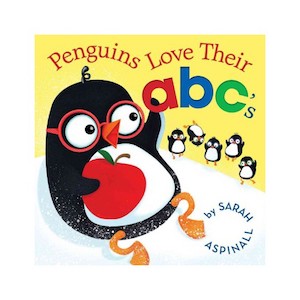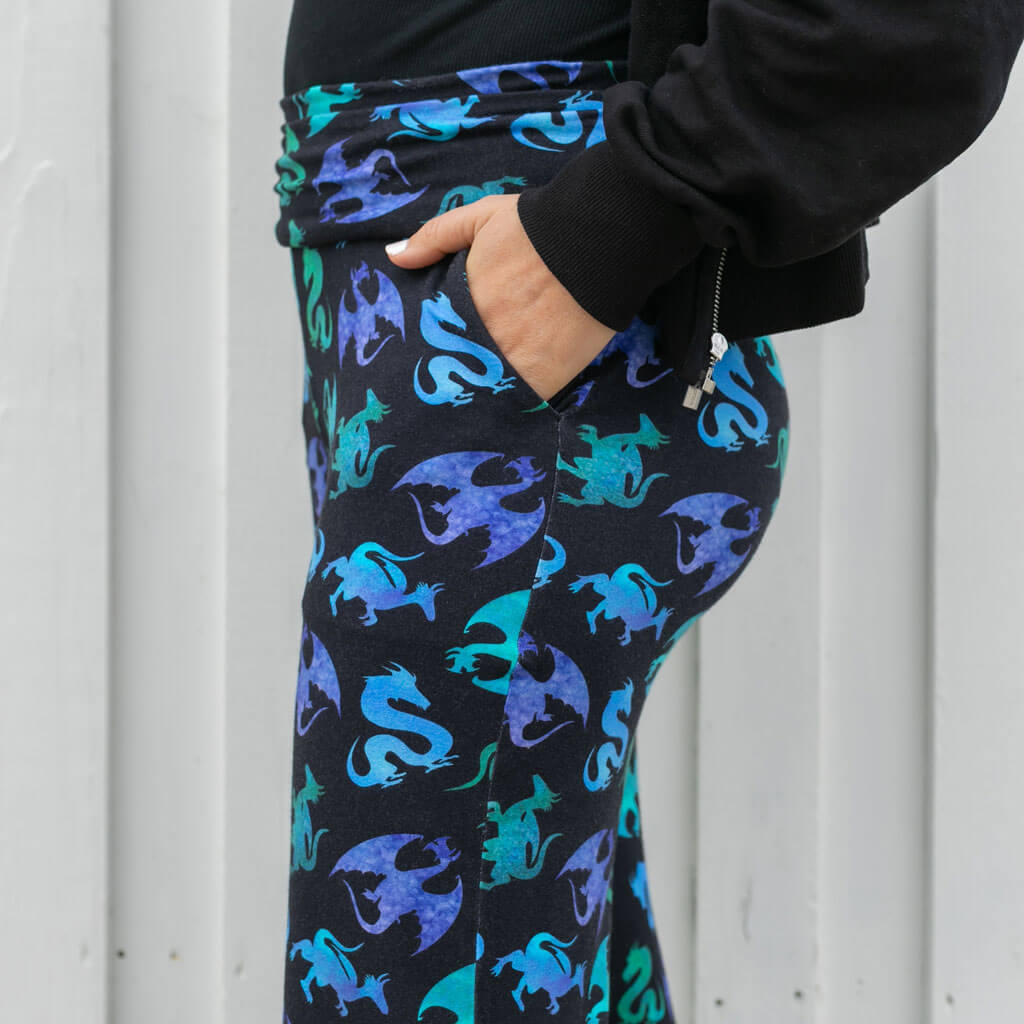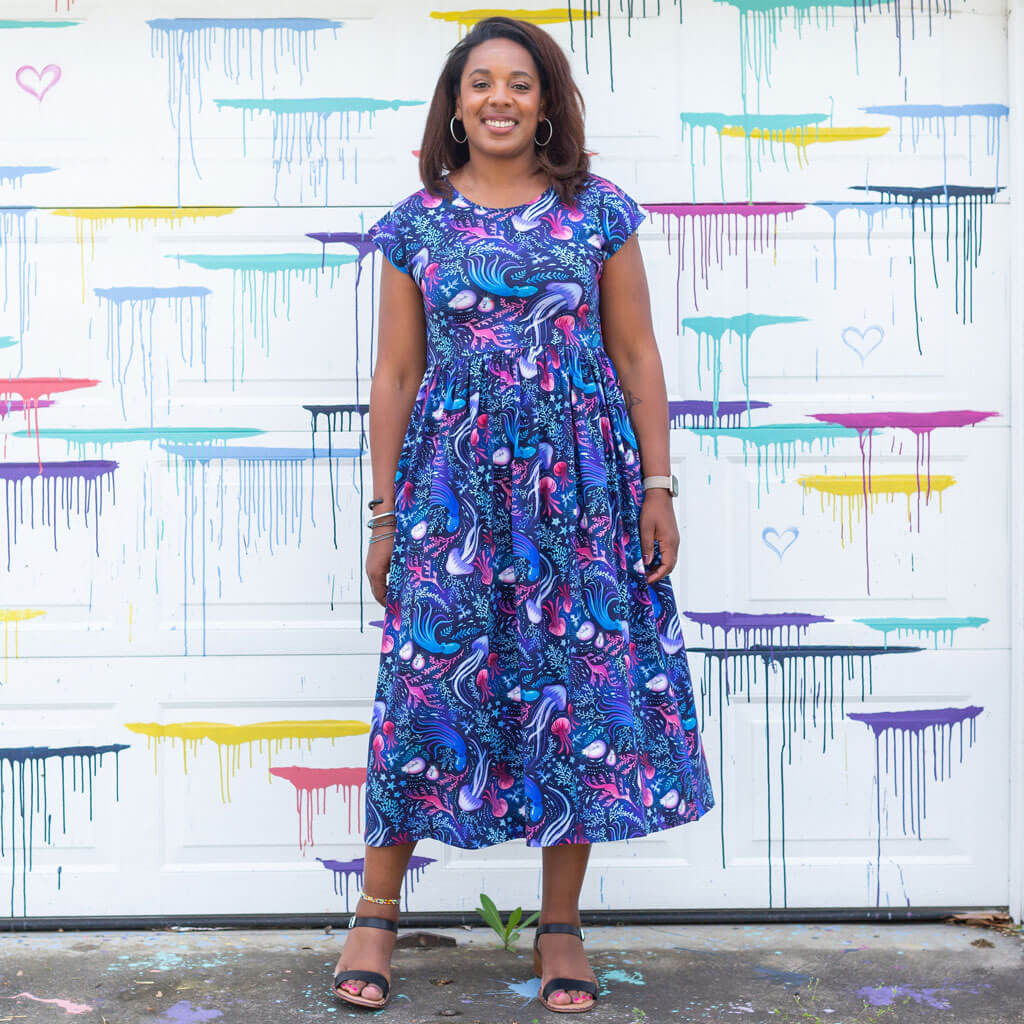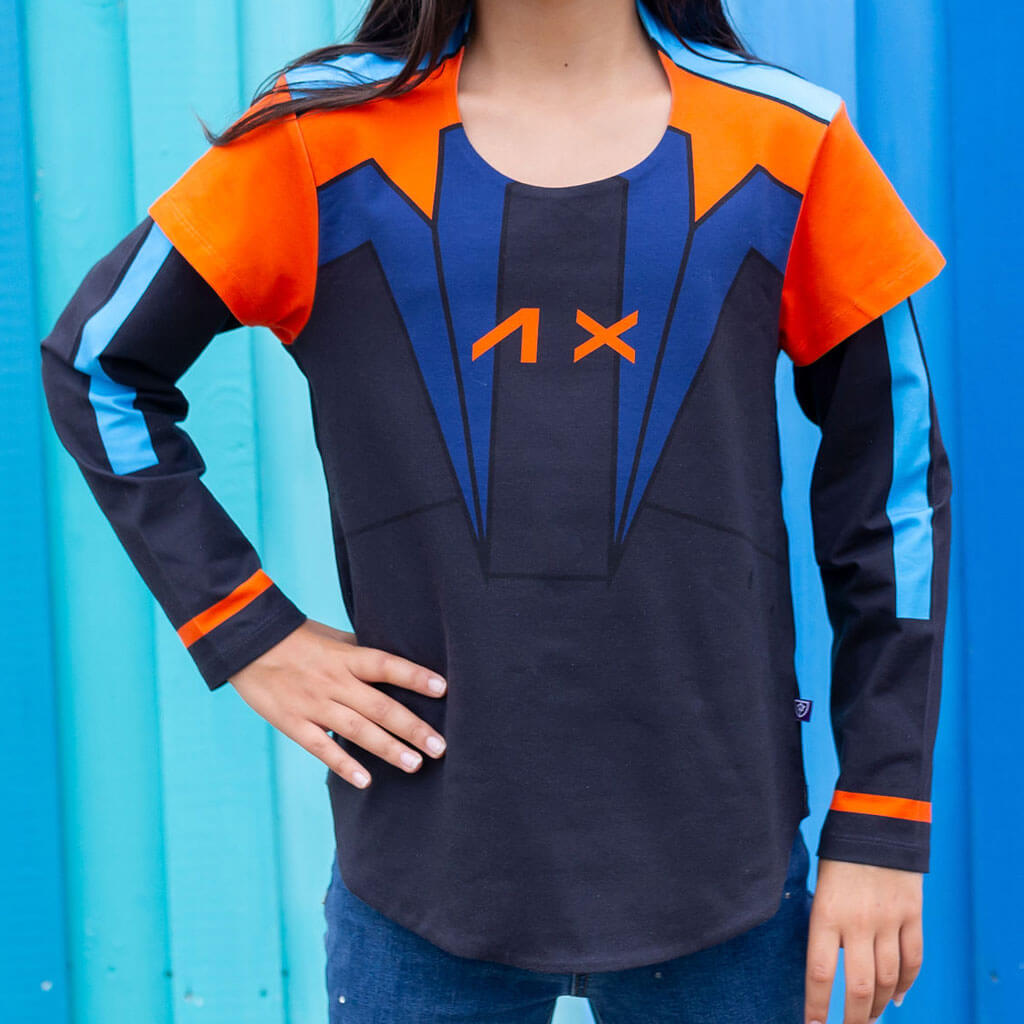Shop Now
New
Sale

We're All Still Learning
September 16, 2017 3 min read
As a children’s book author and illustrator, my goal is to encourage learning through creativity, humor, and play. So when I started to write this article, my intention was to share some very interesting, and even scientific (!) facts about the importance of creativity and the proven long term effects that self-expression and play can provide, beginning in childhood and continuing throughout adulthood. Then I experienced something that illustrates just how empowering creative expression can be, in a slightly different, but rather wonderful way.
I volunteer at a local children’s hospital with a fantastic charity that provides art materials, to families and patients receiving care, allowing them to focus on something other than the medical challenges they face.
Recently, I met a girl who only had very limited use of her hands and wrists as a means to engage with the art materials we provided. We set her up with the standard supplies; a paint brush, some water, a piece of paper and a paper plate palette containing a selection of colored blobs of paint. I wasn’t sure what she may or may not have needed from me, or any of the other volunteers, and wanted to make sure she knew I was there to be useful. I made sure to ask if there was anything I could get her: More paper? A better table? Different paints? As I hovered like a hummingbird, all smiles and good intentions, she looked at me with a slightly weary expression and politely said, “No, thank you”. Yet I kept an eye on her from a respectful distance, just in case.
I watched as she pinched the paper plate between her thumb and forefinger in one hand, and dipped her paint brush into the paint with the other, mixing colors in the same motion. Next, she slowly and methodically applied the grey-blue hue she had created to the page. After 10 minutes or so, I saw that she had nearly covered the entire piece of paper, in the thick grey blue paint. “Oh dear”, I thought, based on those colors, she must be feeling a little depressed.
So I flitted over to offer her some clean paper, pleased to be facilitating such a therapeutic experience. When I asked her, she looked at me like I was crazy, and asked me for some more paint -- which I cheerfully provided.
Then I felt a bit silly. Why in the world was I making assumptions about what this girl was thinking and feeling? The whole point of the service we were providing was to give people the time and space to express themselves however they chose. I expect the last thing this young woman needed or wanted was extra assistance with painting her picture. After giving myself a good telling off, I got back to setting up the other patients, cleaning brushes, changing the water and topping up paint where needed.
As the session came to an end, I began making my rounds, collecting the supplies and cleaning the tables. I got to the girl’s table and nearly cried when I saw her painting. That blue grey background wasn’t depressing at all; instead, it was a rich, complex, atmospheric night sky. In the foreground were curvaceous rolling ocean waves painted with a delicate violet blue, rhythmic and intentional. But what got me the most was that the night sky was filled with stars. Her painting was beautiful.

I began this article with the intention of writing about something I know, and ended up writing about something I learned. Which is kind of funny, because when I turned up at the hospital to help that day I also began from a place of knowing, or so I thought. I hope that this experience not only shares an incredible example of creative empowerment, but is perhaps also an example of a quieter, more humbling kind of empowerment. By this, I simply mean that despite all of our worldly and/or professional experience, paired with the best intentions in the world, like our children, we -- all of us -- are still learning.
**********
Sarah Aspinall is an author and illustrator living in Los Angeles. Her books include PENGUINS LOVE COLORS and PENGUINS LOVE THEIR ABCS, both available from Scholastic Books. Connect with Sarah and her penguins at SarahAspinallCreates.com.
Leave a comment
Comments will be approved before showing up.
Subscribe
Sign up to get the latest on sales, new releases and more …








